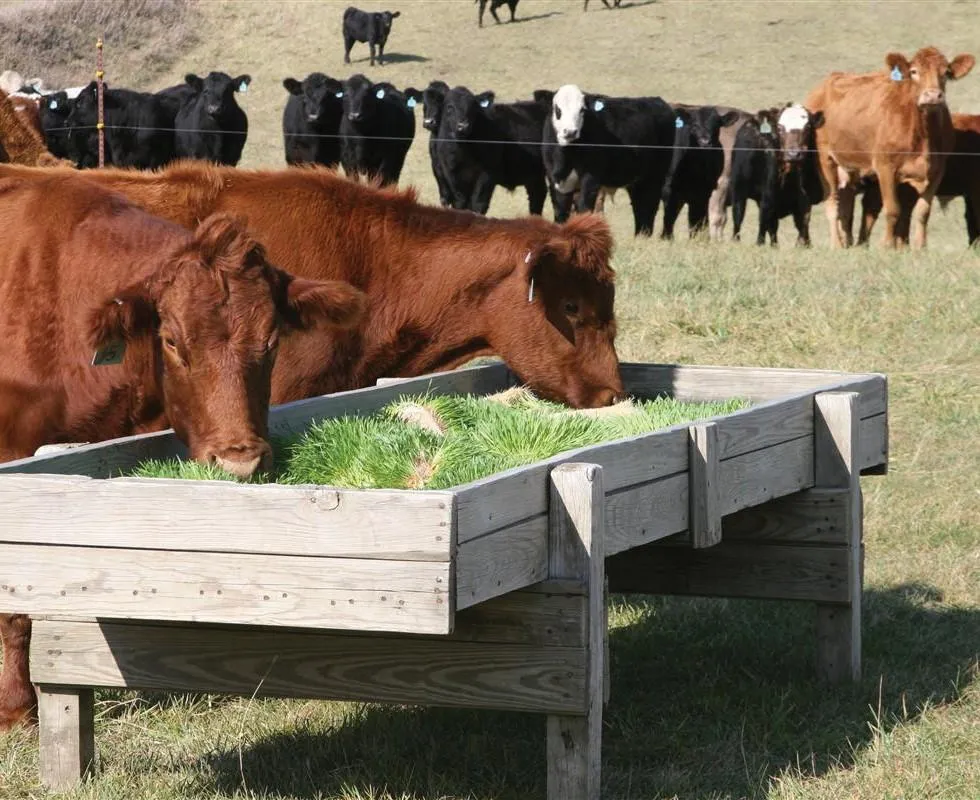
Don’t Buy Argentine Beef — Feed America Smarter
Now I normally talk about chickens and chicken feed but since I am the son of a USDA-FSIS veterinarian, I cannot ignore the beef about cattle imports. So, when I read that President Trump was in motion to import beef from Argentina to “help lower prices,” I got curious.
Because when powerful players start talking about foreign beef, the conversation usually isn’t about ranchers or consumers. It’s about who controls the feed supply.
Aboard Air Force One, the announcement made waves...a potential killshot for American Ranchers and a win for Argentina’s economy. Quite a curious move for a country that still calls its beef the best in the world.
It is also impossible to ignore that Pilgrim’s Pride, a JBS subsidiary, donated $5 million to Trump’s inaugural committee, the largest corporate donation on record. Days later, the SEC gave a Brazilian-owned meat giant access to trade on the New York Stock Exchange. It’s a reminder that if we want to keep American ranching competitive, we shouldn't depend on global packers to solve local problems.
The Real Leverage Is in the Cattle Feed
Feed accounts for more than half the cost of raising cattle.That’s the industy's choke point, and also the opportunity.
Hydroponic fodder systems are already proving what happens when ranchers take that power back. It uses 95% less land and water, produces 6–10x higher yield per acre through vertical farming, and uses a fraction of the labor compared to conventional forage.
More importantly, it keeps feed costs predictable... meaning ranchers can finally scale without betting the farm on the weather or the futures market.
I don’t blame Pilgrim’s or JBS for playing the game. They’re doing what Big Ag was built to do: own the inputs. But there’s a better way to play. Hydroponic systems don’t threaten the industry, they futureproof it.
Imagine if feedlots partnered with ranchers to deploy controlled-environment feed production at scale stable, data-driven, and regenerative. The kind of system that lowers cost per pound without outsourcing sovereignty. That’s how we make American beef unbeatable again. Not by chasing imports, but by investing in the infrastructure that keeps our feed, and our future, homegrown.
A Question for the Decision-Makers
So here’s what I’d ask, not as a critic but as an innovator:
If the goal is affordable beef and stable markets…Why import it from Argentina when we can outgrow them indoors? All day long...
Hydroponic fodder isn’t a dream. It’s deployment-ready. It cuts cost, water use, and risk...while feeding cattle better than ever. If we give ranchers access to that kind of system, we don’t need bailouts or imports.
We just need courage to feed smarter.
Want to learn more about how hydroponics can help farmers and ranchers? Check out my book, Thinking Outside The Soil. Available in print, ebook and audio.
